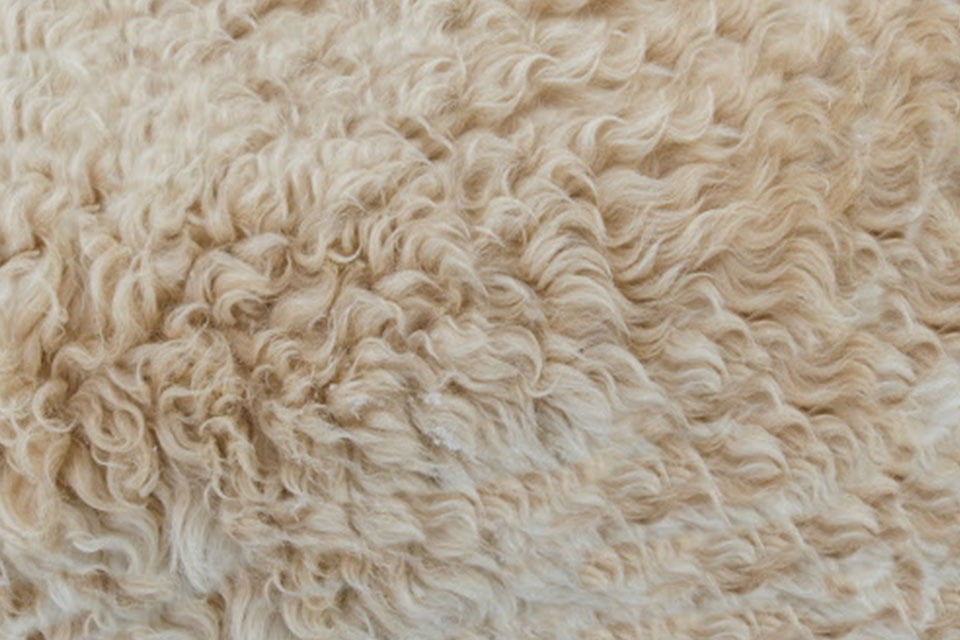
The fashion industry is big and profitable. Thousands of people spend a lot of money to look their best and maintain their status. We are what we wear.
Pashmina and Cashmere fabrics are well sought-after. However, the Cashmere fabric has found preference amongst fashion lovers, with it seeing more adoption and use in manufacturing various fashion items. This article considers why the Cashmere is preferred to the Pashmina.
Table of Contents
Major Differences Between Pashmina and Cashmere
Most times, the terms Pashmina and Cashmere are used interchangeably. Yet, they differ slightly. To understand the difference between these two luxurious fabrics, first, we must understand their origins. Pashmina and Cashmere are natural fabrics. They both originate from the fur of the same animal, so their characteristics are similar.
However, Pashmina is a type of Cashmere produced by a specific type of goat, while Cashmere comes from different goat types found in the Himalayas, New Zealand, and Australia. Since both fabrics are similar, how can they be differentiated?
Source
Pashmina and Cashmere are both fabrics made from goat fur. However, the major difference is determined by the goat from which the fur is derived. It is important to note that Pashmina is a type of Cashmere. However, all Cashmere is not Pashmina. While Cashmere is sourced from different Himalayan mountain goats, the Pashmina comes from a breed of goats known as the Changthangi goat in the Changthang region: a mountainous region that stretches into India.
Cashmere has an advantage in terms of source as it is not restricted to a specific breed of goats. Cashmere goats are more common than Changthangi goats, resulting in widespread production of Cashmere fabrics in Australia, New Zealand, and Turkey.
How It is Made?
There are a lot of similarities in the making of Pashmina and Cashmere. Both fibre types are collected in the spring because mountainous regions experience negative temperatures in the winter because of their high altitudes, causing goats to grow thick coats of fur to keep warm.
The goat fur is collected in the spring when they are no longer required for warmth. Upon collection, the fur is sorted and cleaned. Fabric is made by weaving yarns that have been spun from individual fibres.
The difference, however, is that the fibres of Pashmina are a little thinner, more refined, and have more quality than those of Cashmere. Due to their fragility, they cannot be spun or woven by machines. Hence, Pashmina fabrics are usually spun by hand. However, Cashmere is spun by machines. The result of these different processes results in a softer, warmer, and more expensive Pashmina compared to a more durable Cashmere.
Cost
While Pashmina and Cashmere are one of the most sought-after fabrics, one of their major downsides is the cost. Both fabrics are expensive because they require a large amount of fur that can only be harvested once a year. Much more, Pashmina and Cashmere come from goats restricted to specific regions.
Nevertheless, Pashmina is the most expensive of both fabrics, as it is less available and comes from a particular breed of goats in a select region. However, cashmere is more available since it can be sourced from different goats and in multiple regions.
Why Is Cashmere Preferred?
Cashmere is preferred to Pashmina for several reasons. Let’s take a look at them:
- It is more readily available than Pashmina. Pashmina comes from a breed of goat in a specific region and is less available in the market. But Cashmere comes from different goats and is available from multiple regions.
- Cashmere fabric is easier to make from its fur as it can be spun in a machine, compared to Pashmina, which can only be spun by hand because its fur is fragile.
- Cashmere is less expensive than Pashmina because Pashmina fur is less available, and its manufacturing process requires more effort.
- Cashmere is more durable than Pashmina, softer, and spun by hand.
- Cashmere fabric can be made from a mixture of Cashmere fur and synthetic fibres to produce cheaper and more durable products. However, the softness and warmth of the mixed fabric are lesser than its pure form.





